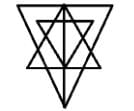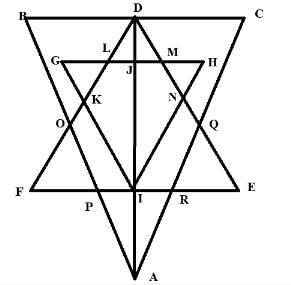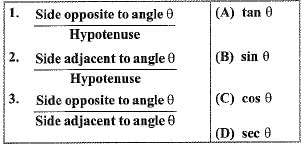DSE Odisha TGT Science PCM Mock Test - 6 - OTET MCQ
30 Questions MCQ Test DSE Odisha TGT Mock Test Series 2025 - DSE Odisha TGT Science PCM Mock Test - 6
What toy did George Lerner create for Hasbro company in 1952?
Which Chola king is regarded as a turning point in the history of the Cholas due to his policies of war and conquest?
How much of India's total landmass is occupied by plains?
Which among the following is the International Airport located in Odisha?
In the question find the number of triangles.

5, 8, 11, 14, … is an AP, what will be the a(10)?
Find the sum of the first 5 terms of the AP: 10, 6, 2…
The digital signals can be represented by
In Vygotsky's theory, which aspect of development gets neglected?
In inclusive education which one of the following is least important trait?
Which of the following statements cannot be considered as a feature of the process of learning?
In an extempore speech, the principal of a school asked the students to focus more on vocabulary. He opined that they must adopt the habit of learning the correct use of words. What according to you is the intelligence that is associated with the ability of students to use words effectively?
How does NEP 2020 address the issue of early dropouts from school?
The stage in which a child is begin to think logically about objects and events is known as:
Which of the following statements is not true about intelligence?
In Vygotsky's theory, which aspect of development gets neglected?
A teacher never answers a question herself. She encourages students to suggest answers, has group discussions and adopts collaborative learning. This approach is based on the principle of:
A teacher often asks his students to keep questioning things from time to time. What do you think is the purpose and benefit of questioning?
Long distance radio broadcasts use short-wave bands because
A polaroid is placed at 45° to an incoming light of intensity I0. Now the intensity of light passing through the poloroid after polarisation would be:
Two cells of 1.25 V and 0.75V are connected in parallel. The effective voltage will be
The magnifying power of the telescope can be increased by
Which of the following carbohydrate is an example of an oligosaccharide?
Acids change the colour of methyl orange to:
If the co – ordinates of a point are (– 5, 11), then its abscissa is

















